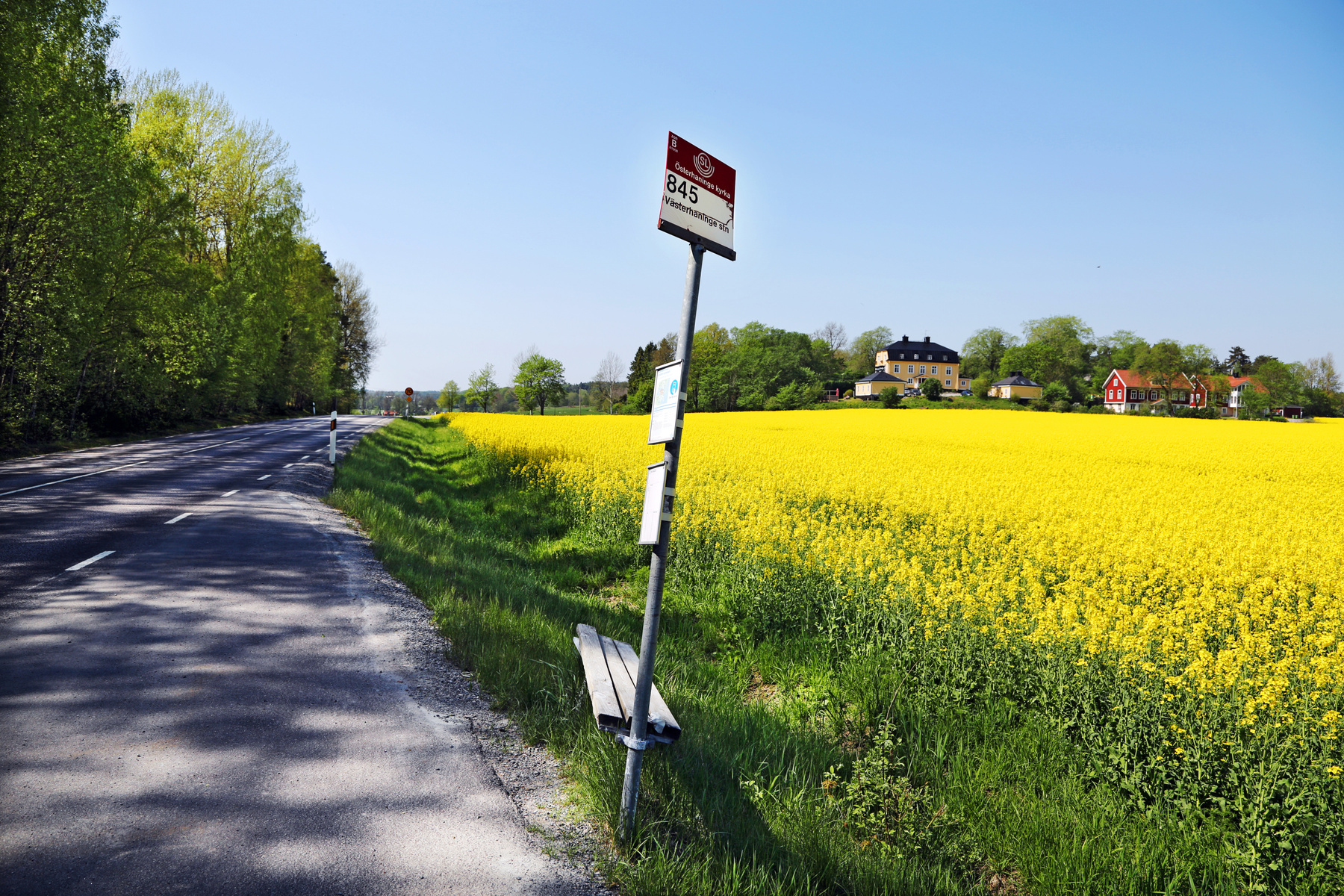
Functioning public transport is crucial for the ability to participate in society – particularly for young people
Young people aged 15–18 have a greater need than adults to take part in various out-of-home activities, and are more likely to cancel or refrain from planning things they want to do if access to public transport is limited. This is shown in a study from K2, in which researchers examined how the basic level of public transport provision is perceived by residents of more sparsely populated areas in the Västra Götaland Region.
“We have investigated what we refer to as ‘forgone trips’. In this case, they serve as an indicator of ‘suppressed travel’, meaning trips and activities that are not carried out but would have happened if the opportunity had existed,” says Jean Ryan, Senior Researcher at K2 and VTI, and lead author of the article in Transportation Research Part D where the results of the study are presented.
Together with research colleagues Chiara Vitrano and Karel Martens, she has studied whether access to and accessibility by public transport is ‘sufficient’ for residents in areas where a basic level of provision is set out – that is, the lowest level of public transport provision offered by the Region.
In the study, the researchers distinguished between the needs of 15–18-year-olds and those of adults (aged 19 and over). The hypothesis was that younger people have a greater need to participate in social and leisure activities than adults, while also being unlikely to have chosen where they live – something that the study’s results support.
Freedom of choice and transport justice
In the article, the researchers discuss, among other things, freedom of choice and transport justice – the fact that young people have not themselves chosen to live in areas with lower accessibility and a more limited supply of public transport, and to what extent society should take this into account, including considerations of needs in other geographical areas and trade-offs regarding which measures provide the greatest benefit to the greatest number of people.
Several regions have set goals in their public transport provision programmes pertaining to the provision of some form of basic public transport level in more sparsely populated areas. However, the service as it functions (not necessarily the frequency) in Västra Götaland does not appear to meet the existing needs, particularly not for young people.
“We found that younger people reported forgone trips to a greater extent than adults,” says Jean Ryan.
A lack of reliability – for example, not being sure whether the bus would actually arrive – seemed to be at least as important as the actual supply in terms of frequency when young people cancelled or refrained from planning activities, the study also shows.
Car dependency and social consequences
Low public transport-based accessibility can contribute to increased car dependency, Jean Ryan argues, noting that Västra Götaland is the region in Sweden with the highest number of registered A-tractors. Other consequences are primarily social – such as not being able to meet friends or take a job that involves evening shifts.
“It affects life here and now. Some have given up and don’t even apply for certain jobs. Others adapt, for example by making sure someone is at home with a car as a back-up plan if they need to go somewhere. Others write that they may need to move. It becomes evident that some adapt and cannot do what they want, but instead get used to staying at home,” says Jean Ryan.
Link to the article in Transportation Research Part D: Transport and Environment:
Examining the links between public transport provision, suppressed travel and (in)sufficient accessibility
Facts about the study:
The survey was conducted in 2022 and applied a quantitative approach with embedded qualitative elements through open-ended questions. The study was focused on residents in areas with a basic level of public transport provision according to Västra Götaland Region’s public transport provision programme at the time.
Text: Anna Maria Erling
Photo: Johan Bjurer, Mostphotos
